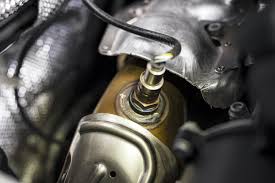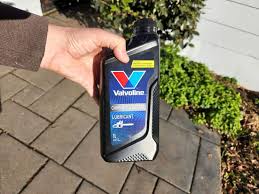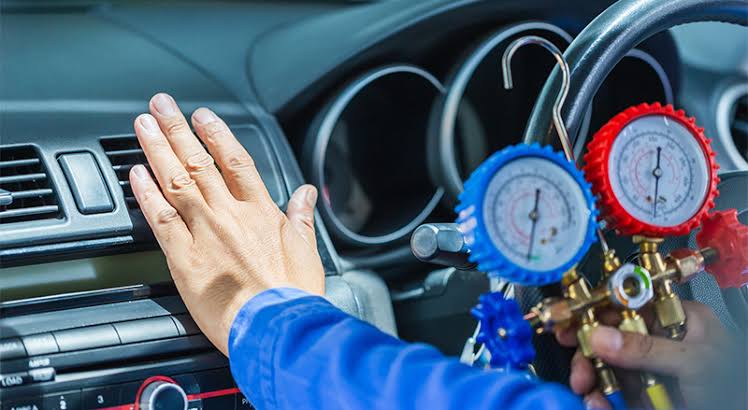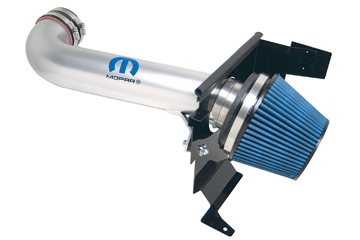Can I Drive with P2097 Code?

If you’re seeing the P2097 code appear in your vehicle’s onboard diagnostic system, you might be wondering whether it’s safe to drive with this code active. The P2097 error code refers to a post-catalytic converter fuel trim system too rich (specifically for bank 1), meaning the engine’s fuel mixture is too rich after the catalytic converter, leading to potential problems. In this article, we’ll discuss what this code means, the potential risks, and whether it’s okay to continue driving with the P2097 code active.
What Does P2097 Mean?
The P2097 code is part of the OBD-II diagnostic trouble code system and refers specifically to an issue with the vehicle’s fuel system. Here’s what it means:
- P: This signifies the code is related to the powertrain, which includes the engine and transmission.
- 2097: This specific number indicates a post-catalytic converter fuel trim issue.
What is Fuel Trim?
Fuel trim is the process by which the vehicle’s Engine Control Unit (ECU) adjusts the amount of fuel injected into the engine for optimal combustion. A “too rich” fuel trim means the engine is receiving more fuel than it needs, which can lead to inefficient operation and a variety of potential engine issues.
The “Bank 1” in the Code
The term “Bank 1” refers to the side of the engine that contains cylinder 1. In V6 and V8 engines, there are typically two “banks” of cylinders. This error specifically concerns the fuel mixture in Bank 1, which is usually the side of the engine where the fuel mixture is rich, causing the code to trigger.
The Role of the Catalytic Converter
The catalytic converter helps to clean exhaust gases before they are released into the atmosphere. The P2097 code indicates that the fuel mixture is too rich after the exhaust gases pass through the catalytic converter, which could suggest a malfunction somewhere in the fuel system.
Causes of the P2097 Code
Several potential issues can trigger the P2097 code. These include:
- Faulty Oxygen Sensors: If the oxygen sensors (specifically the post-catalytic converter sensor) are damaged or malfunctioning, they might send incorrect signals to the ECU, causing it to miscalculate the air-fuel mixture and triggering the P2097 code.
- Leaking Fuel Injector: A leaking fuel injector can introduce excess fuel into the combustion chamber, causing a rich mixture that might trigger the code.
- Faulty Mass Air Flow (MAF) Sensor: The MAF sensor measures the amount of air entering the engine. A faulty MAF sensor can send incorrect information to the ECU, leading to a rich fuel mixture and causing the P2097 error.
- Clogged or Malfunctioning Fuel Pressure Regulator: If the fuel pressure regulator is not functioning correctly, it may cause excess fuel pressure, leading to too much fuel being injected into the engine.
- Bad Catalytic Converter: If the catalytic converter is damaged, it may not process exhaust gases properly, leading to changes in the fuel mixture post-conversion and triggering the P2097 code.
- Engine Misfire or Other Combustion Issues: If the engine is misfiring or experiencing combustion issues, it may cause an unbalanced air-fuel mixture, which could result in the P2097 code being triggered.
Can I Drive with P2097 Code?
In general, while the P2097 code is not an emergency situation, it’s important to consider the risks associated with continuing to drive your vehicle with this issue. Here’s what you should keep in mind:
Risks of Driving with P2097 Code
- Poor Engine Performance: If the fuel mixture is too rich, your engine may experience poor performance, including sluggish acceleration, rough idling, or stalling. The vehicle may feel sluggish or unresponsive as it tries to compensate for the excess fuel.
- Increased Fuel Consumption: A rich fuel mixture means the engine is burning more fuel than necessary. This can lead to a noticeable increase in fuel consumption, which will cost you more in the long run.
- Potential for Engine Damage: Continued driving with a rich fuel mixture could cause long-term damage to the engine components, such as fouled spark plugs, clogged catalytic converters, or even internal engine damage due to excessive fuel and heat.
- Pollution and Emissions: An issue with the fuel trim can affect your car’s emissions. In some cases, driving with this code can lead to your vehicle failing an emissions test, which may result in penalties or the inability to register your vehicle.
- Damage to the Catalytic Converter: If the engine continues to burn excessive fuel, it may lead to unburned fuel entering the exhaust system and damaging the catalytic converter. A failed catalytic converter can be an expensive repair.
Is It Safe to Drive?
It’s generally safe to drive a short distance with a P2097 code, especially if the vehicle is running fine. However, it’s recommended that you don’t ignore the code. If the vehicle is showing signs of poor performance, like rough idling or stalling, or if the check engine light is flashing, it’s best to address the problem as soon as possible.
If the vehicle is running normally and you don’t notice any issues, you can drive for a short time until you can get the issue fixed. However, it’s a good idea to get the issue checked by a professional mechanic sooner rather than later.
How to Fix the P2097 Code
To resolve the P2097 code, you’ll need to identify and fix the underlying cause. Here’s how you can approach the repair:
1. Check and Replace Oxygen Sensors
Faulty oxygen sensors are one of the most common causes of the P2097 code. A mechanic can test the sensors and replace them if necessary.
2. Inspect Fuel Injectors
Leaking or malfunctioning fuel injectors could cause the engine to run too rich. Have the injectors inspected and repaired or replaced if they are faulty.
3. Examine the Mass Air Flow (MAF) Sensor
The MAF sensor plays a crucial role in maintaining the correct air-fuel mixture. A dirty or malfunctioning MAF sensor should be cleaned or replaced.
4. Check the Fuel Pressure Regulator
A faulty fuel pressure regulator can cause excess fuel pressure, leading to a rich mixture. A mechanic can test and replace this component if needed.
5. Inspect the Catalytic Converter
A damaged catalytic converter can lead to problems with the exhaust system. If the converter is clogged or failing, it may need to be replaced.
6. Perform an Engine Tune-Up
If the issue is related to engine misfires or other combustion problems, a tune-up that includes checking the spark plugs and ignition coils can help resolve the issue.
Conclusion
While it may not be an immediate emergency, driving with a P2097 code is not something you should ignore. The underlying problem could lead to poor engine performance, increased fuel consumption, and, if left unchecked, damage to your engine or catalytic converter.
It’s best to get the issue diagnosed and repaired as soon as possible to avoid long-term damage. If you notice any significant performance issues, it’s advisable to avoid driving the vehicle until the problem is addressed. Regular maintenance and timely repairs can help keep your engine running smoothly and ensure your vehicle operates efficiently.





